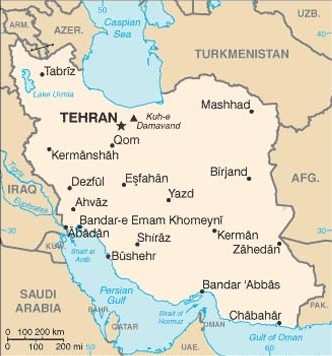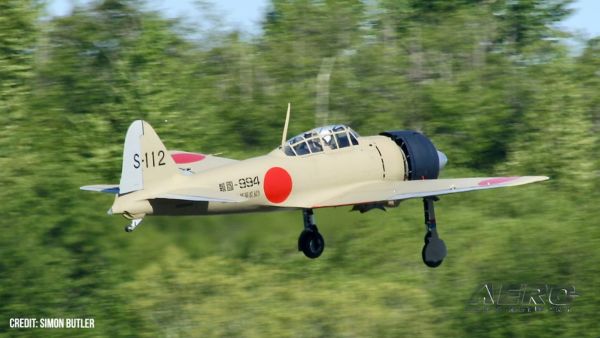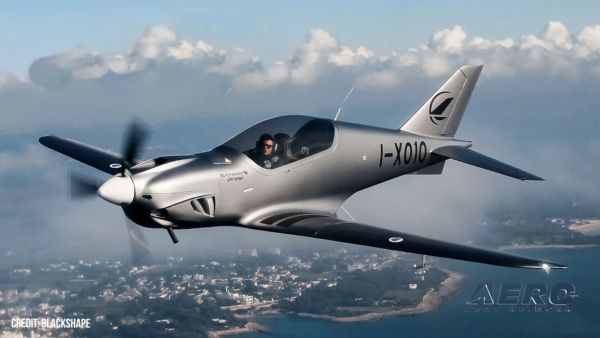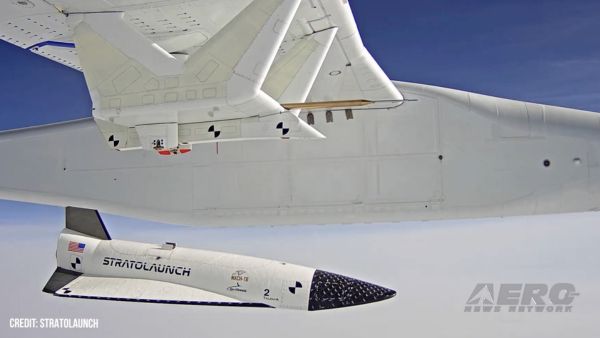Association Says It Is Time For Pragmatic Solutions
Europe’s pilots are shocked and deeply saddened by the shooting down of Ukrainian Airlines flight PS752 in Iran and the killing of all on board. This comes only a few years after the downing of Malaysia Airlines Flight 17 (MH17), in 2014. It is tragic proof that some lessons from MH17 on flying into or over conflict zones have not been learnt, and that Europe has no effective system in place to reduce those risks. Having seen major airlines continue flying to Tehran in the days after the shooting down – despite the security threat – European pilots are calling for urgent and pragmatic solutions.

“It is clear that we cannot rely on conflict-stressed states to restrict or close their own airspace. We must in principle rely on our national authorities and our airlines to make sure that the lives of passengers and crew are adequately protected and this unchecked risk is addressed,” says European Cockpit Association (ECA) Secretary General Philip von Schöppenthau. ”However, purely national, uncoordinated action has not done the job in the past and won’t do it in the future,” he continues. “Individual Member States clearly do not share their security intelligence about conflict zones sufficiently to provide protection. As long as this is the case, and nothing substantive occurs through a dedicated European structure, we will see further flights taking unnecessary risks.”
“What we urgently need is a method of sharing and acting, not upon closely guarded intelligence, but upon the outcome of risk analysis about conflict zones. With these outcomes from different European airlines and states swiftly shared amongst each other and authorities, no European airline or pilot should be left in the dark – all have the opportunity to benefit from the effect of the privileged information of the best informed”, says ECA President Jon Horne. “Whilst many believe there should be an EU or international authority to take responsibility for the closure of hostile airspace, it is not something that shows any sign of happening soon, and so we need a pragmatic, industry-based setup that can provide meaningful protection in the here and now.”
Such a setup might not be perfect, but a stopgap solution is necessary. It could be an industry held database of current risk assessment outcomes and default procedures for any new armed conflict. It could even be a simple rule of “TWO OUT – ALL OUT”: If at least two Member States and/or two major airlines decide to not fly into a specific block of conflict-affected airspace, this decision would be taken up by all other (EU) states and airlines until the situation is clarified. This means that passengers and crew on all airlines would benefit from the secret and non-sharable intelligence available to some ‘privileged’ authorities and airlines, and by looking only at public outcomes of their risk assessments.
“These ideas are neither conventional, ideal, nor the only solutions,” says ECA Secretary General Philip von Schöppenthau. “But the international failure to effectively cope with flying over and into conflict zones keeps costing lives. We can continue to analyse and point fingers at individual states or institutions, but this will not help us save those lives.”
(Source: ECA news release)
 ANN's Daily Aero-Term (05.07.25): Terminal Radar Service Area
ANN's Daily Aero-Term (05.07.25): Terminal Radar Service Area ANN's Daily Aero-Linx (05.07.25)
ANN's Daily Aero-Linx (05.07.25) Classic Aero-TV: Anousheh Ansari -- The Woman Behind The Prize
Classic Aero-TV: Anousheh Ansari -- The Woman Behind The Prize NTSB Prelim: Bell 206B
NTSB Prelim: Bell 206B Airborne-NextGen 05.06.25: AF Uncrewed Fighters, Drones v Planes, Joby Crew Test
Airborne-NextGen 05.06.25: AF Uncrewed Fighters, Drones v Planes, Joby Crew Test



